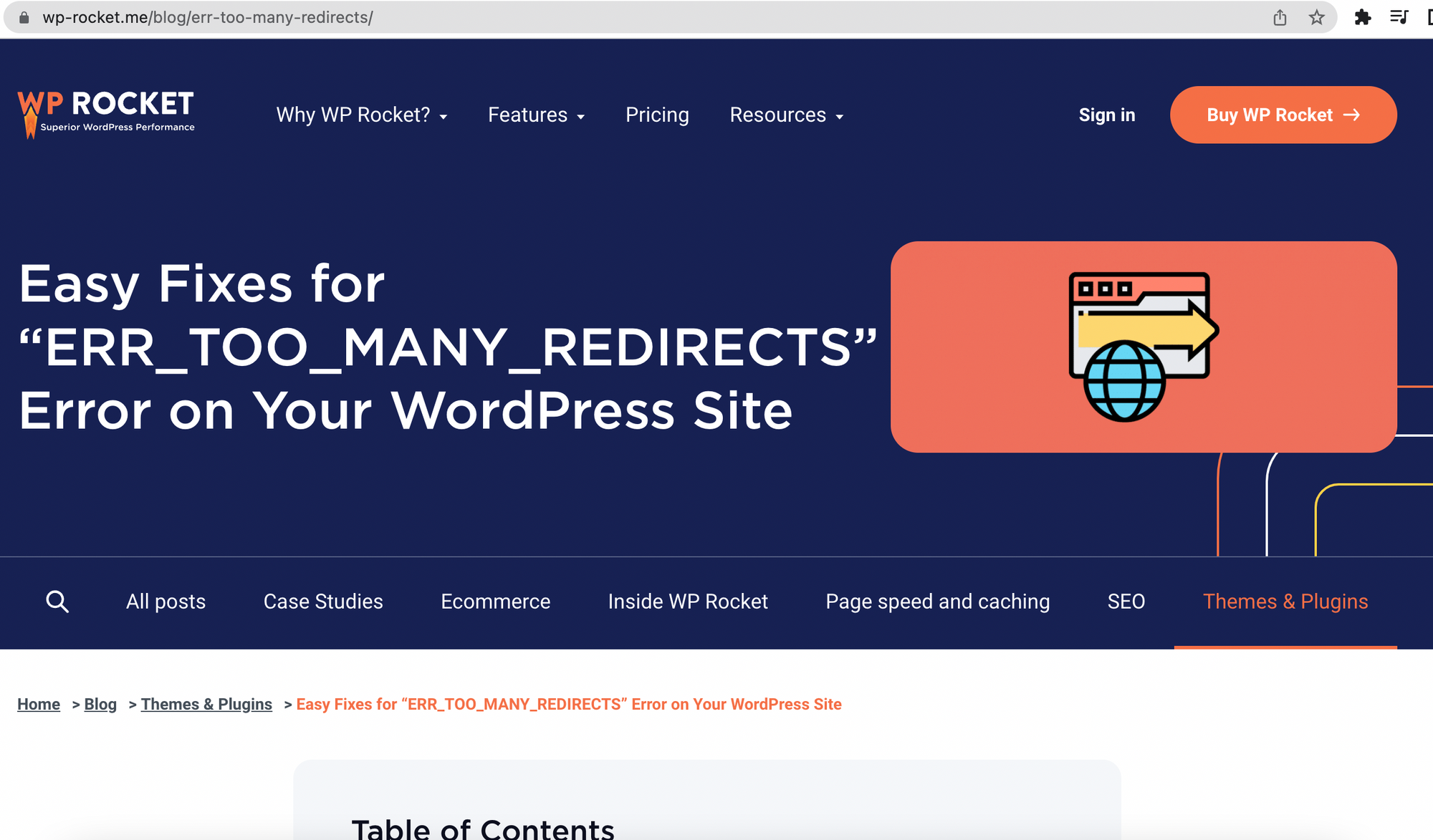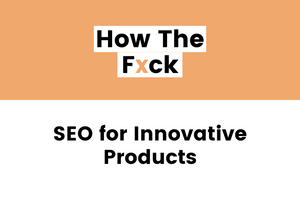BOFU keywords are not that difficult to find, usually.
But what if you’re an early-stage startup with cutting-edge technology?
What if your product is so innovative that no one is searching for what you sell?
Or what if you're simply new to the scene and no one has heard of your brand yet?
How can you use SEO to drive demand then?
Turns out, as Tim Hanson and I discussed in this podcast episode, this is a perfect time to get creative. 🖌️
Four Ways to Optimize for BOFU Intent
...When No One Is Searching For Your Brand or Product
"Creating demand for new products and services is always a challenge. You have to get out of the pattern of thinking about keywords and start thinking about personas and topics instead.
You'll be writing very early buying-stage content for each persona.
This is content designed to drive traffic from people who might be interested in what you have to offer, but don't know about it yet."
1. Competitor Comparisons—Stealing Branded Cearches
The classic Us vs Them BOFU keyword won’t do much good if your brand is unknown.
But how about a Them vs Them (and don't forget Us!)?
Simply take two big players in your field, make a comparison between them, but also introduce a third option - your product.
There must be something that neither of the big players are doing well but your product is. A Them vs Them vs Us keyword is the perfect opportunity to dig into that.
In this example, my team at CustomerGauge wrote 30+ articles comparing our competitors to each other. Each one inserted CustomerGauge into the conversation as a great alternative solution.
Here’s how Tim reflects on this strategy:
“It doesn’t matter that you put the big players at the top because it’s kind of confirming, ‘Yeah, we’re in the same space as them, but also we’re different from them. The thing that makes them great is also the thing that stops them from being the right choice for you.’” - Tim Hanson, Episode 9, 19:22
Your job is to lean into why your product is well-suited for a very specific target audience (companies of a certain size or in a certain region or people in a certain job position) and separate your brand from the rest of the pack.
2. Solve Problems Your Competitor's Errors
Tim had a great example of a company (WP Rocket) that offered incredibly fast WordPress hosting services.
Their content strategy revolved around ranking for all the error codes the competitor products would display when something went wrong.
Pretty genius, isn’t it? 🤓

Think about it: a frustrated user of a competitor product types an error code into Google, looking for a solution to their problem.
Thanks to smart (and well-optimized) content creation, the user not only gets a fix for their problem but they also get introduced to a much better service.
Know what problems your competitor or ecosystem products cause. Write content to solve these problems and meet your potential customers at a point where they could just be ready to come over to your side.
3. Solve Your Target Audience’s Problems, Period
If you’re in an emerging market and despairing over not having the right BOFU keywords (or any other types of keywords) to target, you can always go back to the main question:
What problems is your target audience facing? What very specific pain points do they have that you can help with?
They don’t even have to be problems that your product or service can directly help with.
“Everyone who buys your product has a problem in one way or another.” - Tim Hanson, Episode 9, 27:10
Through indirect research and direct communication with your target audience, find what those problems are.
In the above example of the WordPress hosting company, they also quickly realized that their target audience had problems with WordPress plugins.
It wasn’t difficult to write about a solution to a plugin problem, and then naturally continue on to high-speed WordPress hosting. They already knew their target audience cared a lot about their websites.
Here’s a great example targeting the keywords “upwork fee calculator”:
Find out what your target audience cares about, whether it be their website or their time or their job or something else entirely. Then meet them at the problems they have in that space.
“How do we help [our target audience] first and get on their side, and then pull them through?” - Tim Hanson, Episode 9, 26:30
4. Target Early-Funnel Searches
I've seen it work. A lot.
Sometimes people in your target audience just search for random things in their job.
⚡ Example: Best Zapier integrations (150 volume monthly)
⚡ Example: Customer service improvement ideas (300 volume monthly)
⚡ Example: Best apps for Zendesk (90 monthly volume)
⚡ Example: Footwear style guide (insert Crocs here)
These buyers are looking for inspiration. They might be bored and looking to kick off interesting projects.
That's your opportunity to help them discover you and your value.
This article was inspired by my conversation with Tim Hanson on the How the F*ck podcast. Read how he grew a child daycare to £13 million in revenue using SEO in this case study.


